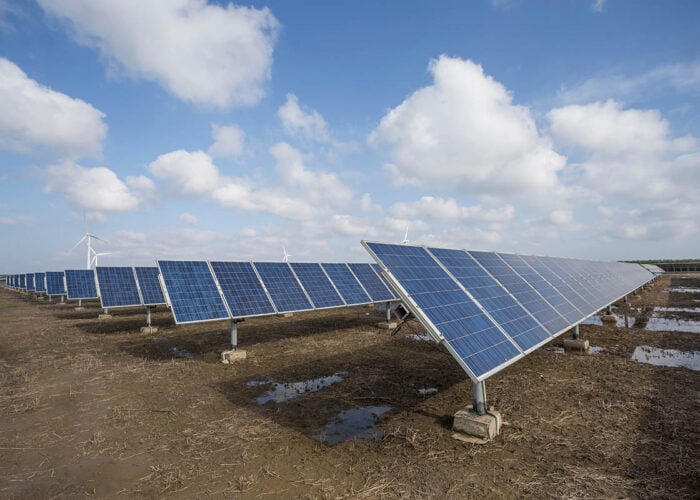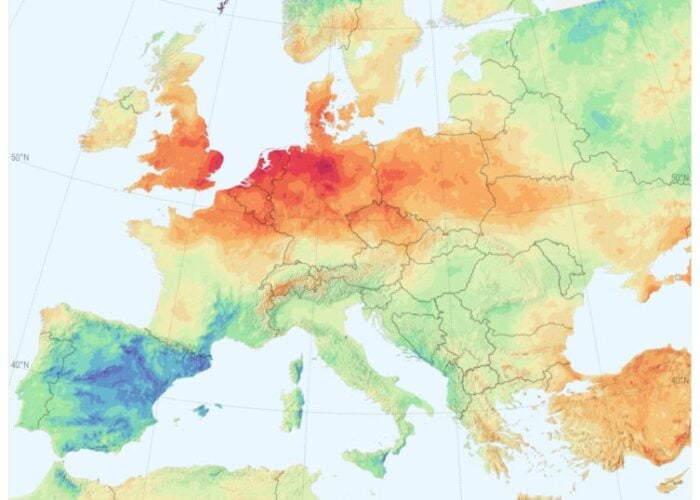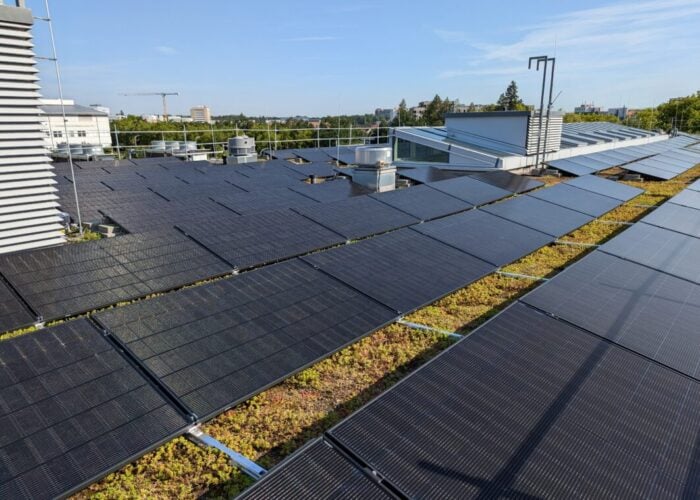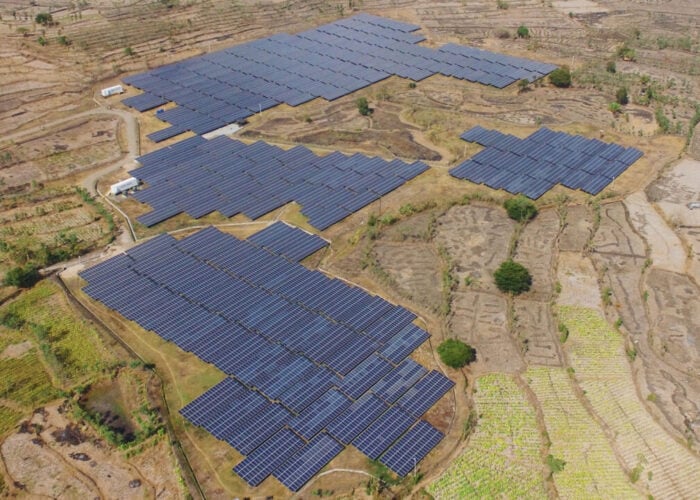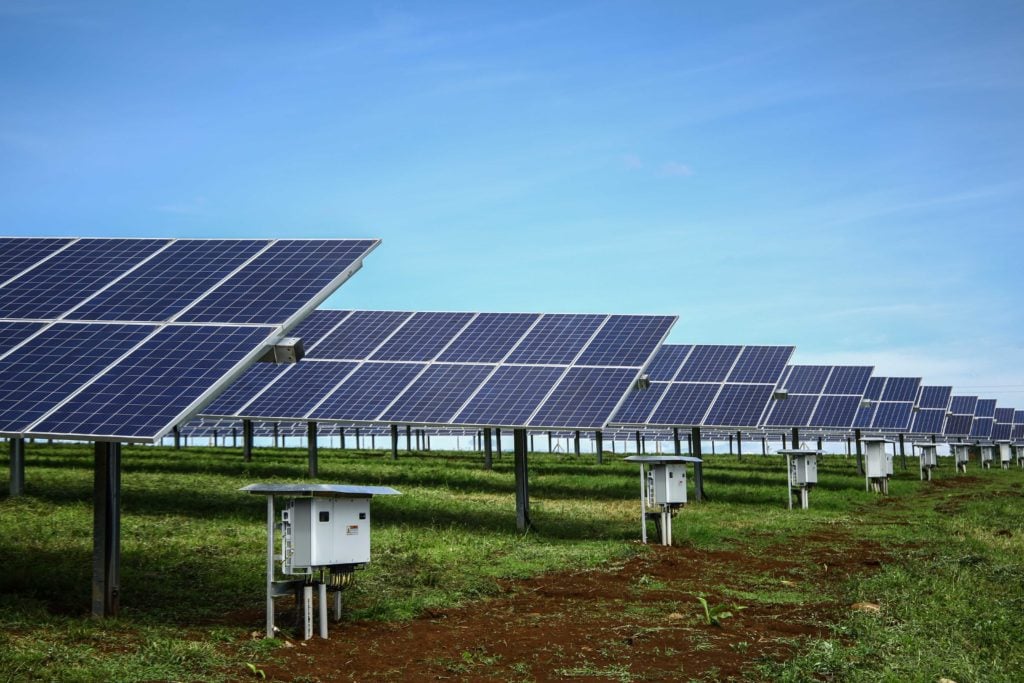
With inaccurate irradiation data potentially impacting profitability estimates of PV projects in Africa, calls have been made for solar players to invest in more accurate measurement tools and work together to support the commercial and industrial (C&I) sector’s growth.
A recent report from independent power producer CrossBoundary Energy (CBE) found that biases within the datasets commonly leveraged to estimate solar production in Africa cause projections to often overstate solar irradiation, with some areas biased by up to 20%, resulting in up to 20% lower energy savings for solar customers. This can also lead to a 1-2% reduction in the internal rate of return on investment for solar developers and investors.
Unlock unlimited access for 12 whole months of distinctive global analysis
Photovoltaics International is now included.
- Regular insight and analysis of the industry’s biggest developments
- In-depth interviews with the industry’s leading figures
- Unlimited digital access to the PV Tech Power journal catalogue
- Unlimited digital access to the Photovoltaics International journal catalogue
- Access to more than 1,000 technical papers
- Discounts on Solar Media’s portfolio of events, in-person and virtual
These gaps between the estimated and actual solar production in Africa are said to be due to variations in accuracy between the two main ways of estimating solar irradiation: satellite and meteorological models, and ground-based measurements. While data from ground-based measurement sites is used to ensure that the disparity between actual and estimated irradiance is reduced, there is a lack of these systems serving much of Africa, particularly in tropical areas, according to CBE.
The issue is especially widespread in countries with a high penetration of distributed generation in the form of mini-grids or C&I solar systems, says Kathleen Jean-Pierre, CBE’s vision and delivery lead. “Typically, a utility-scale site will have the resources to be able to set up weather stations in advance and do long-term monitoring, and so have a very precise estimate for their plant. But that’s not economical for smaller installations that are serving businesses or homes.”
Among the solutions to tackle the biases in irradiation data could see businesses that are looking to add solar to their facilities ask bidders to submit solar irradiation and expected production estimates as part of bid applications. This could hold solar developers accountable for using more realistic estimates in their financial models, CBE said, driving increased demand for high-quality solar irradiation data.
The IPP is also calling for a joint approach in which African developers could commit to anonymously sharing on-site irradiance and solar production data from their operational sites.
One of CBE’s business units, the Mini-Grid Innovation Lab, is already involved in projects alongside the Africa Minigrid Developers Association to aggregate member data about energy production and consumption, then publicly distribute insights.
Lenny Matei, senior project engineer at CBE, says a collaborative approach could see C&I developers share data from sensors on-site that are measuring the amount of irradiation, adding: “In a case where you have resistance from some developers to share data, we could narrow down data shared to just irradiation data, not performance of the plant.”
While irradiation inaccuracy is a challenge in other parts of the world, Africa is said to be particularly affected due to the limited number of data providers and ground-based monitoring stations, with most measurement stations concentrated in urban areas.
In addition, among the ground-based measurement stations in East Africa, there is an especially high relative mean bias deviation, according to a 2019 report from the World Bank prepared by data and software company Solargis. By comparison, none of the ground-based sites in North America are in the category with the highest relative mean bias deviation.
“In many markets, where we do not have enough ground measurements, the investors have to rely on satellite-based data. There are several different sources, so when they compare those sources they realise that there might be various differences, which are, side by side, going in various directions. And the truth is that Africa is the continent with a relatively larger proportion of challenges,” says Marcel Suri, managing director of Solargis.
With some areas lacking adequate infrastructure, Suri points to work by the World Bank, which is carrying out projects to ensure that more parts of Africa are covered by measuring stations. “For smaller players or for people who are not just in the group of the large investors, there should be this publicly accessible data for the general use for comparing the satellite-based data,” he says.
With inaccurate solar production estimates under-delivering on the expected savings to solar buyers, CBE is aiming to spark a discussion about solutions to this problem across the African C&I solar sector.
Jean-Pierre says that if the sector can show that it is working with more accurate irradiation data, then it can bring down the cost of capital. “It probably would increase the leverage of developers or other solar businesses if we can project with greater accuracy what revenues we will realise from assets deployed across the continent.”


